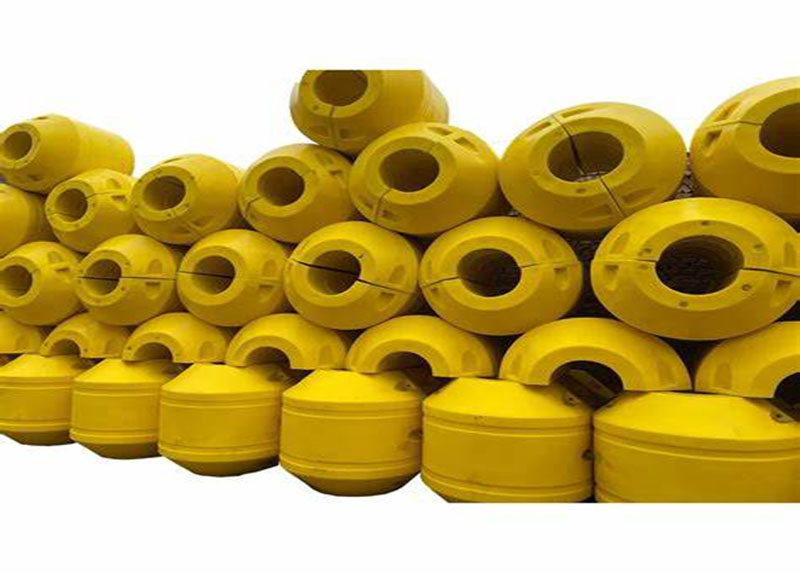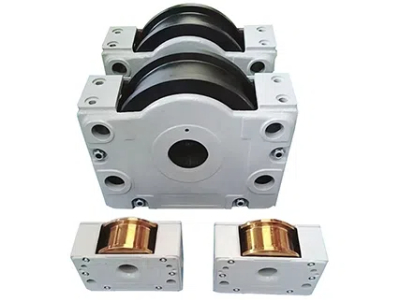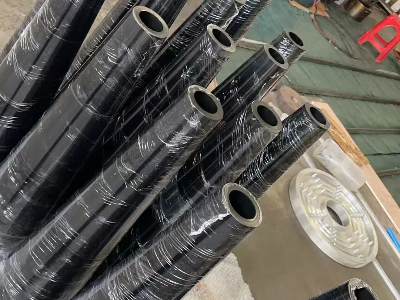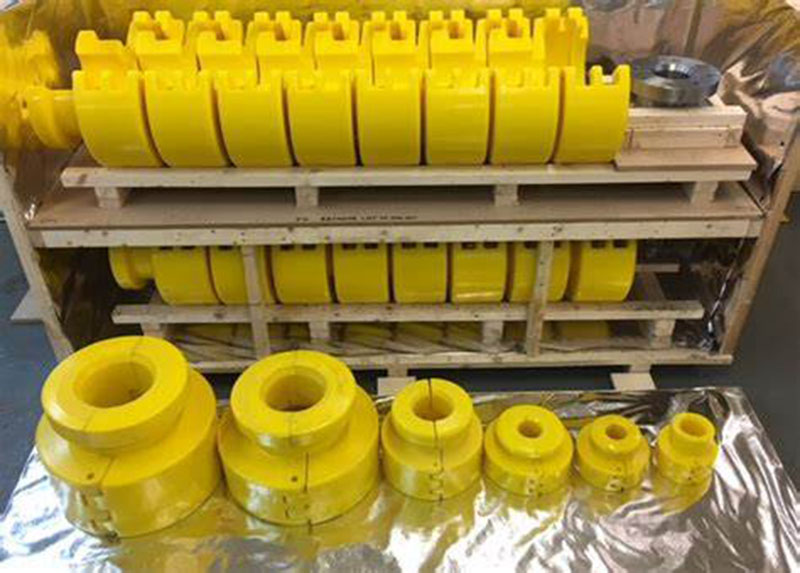In deep-sea environments, low-density polyurethane foam buoyancy blocks, as an innovative material, are widely used in marine engineering and energy fields due to their excellent pressure resistance, chemical resistance, good thermal insulation, high-precision molding, and other advantages. This article will explore in detail the advantages of low-density polyurethane foam buoyancy blocks and their applications in the deep sea.
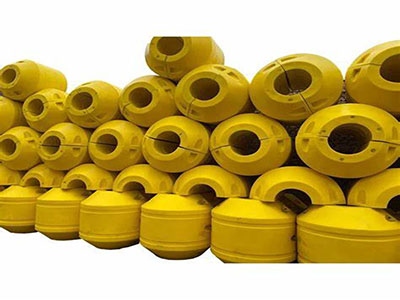
Benefits of low-density polyurethane foam buoyancy blocks
• Enhanced buoyancy efficiency
Low-density flotation foams provide a higher buoyancy-to-weight ratio. In deep-sea operations, less volume of buoyancy material is required to achieve the required buoyancy. This not only saves space on subsea equipment but also reduces the overall cost of the buoyancy system.
• Pressure resistance
Low-density polyurethane foam buoyancy blocks can maintain their structural integrity and buoyancy at great depths, typically up to 1,200 feet (uncoated) and deeper if coated with additional coatings. Its closed-cell structure ensures that it does not absorb water, even under high hydrostatic pressure, making it ideal for deep-sea applications.
• Chemical resistance
Polyurethane foam is highly resistant to seawater corrosion and chemicals in the ocean. It can resist degradation caused by ultraviolet rays, salt water, and other environmental factors. This ensures that the foam can maintain its performance for a long time, thus reducing the need for frequent replacement.
• Good thermal insulation performance
In the cold deep-sea environment, it is crucial to maintain the proper temperature of subsea equipment. Polyurethane foam has excellent thermal insulation properties, which can prevent the rapid loss of heat from equipment such as submarine cables and sensors, helping to ensure the normal operation of these equipment and extend their service life.
• High-precision molding
Polyurethane foam can be precisely molded into various shapes according to the specific needs of subsea equipment. Whether it is a complex-shaped subsea vehicle or a small-sized underwater sensor, the distributed buoyancy solutions can be customized to fit perfectly and provide precise buoyancy support.
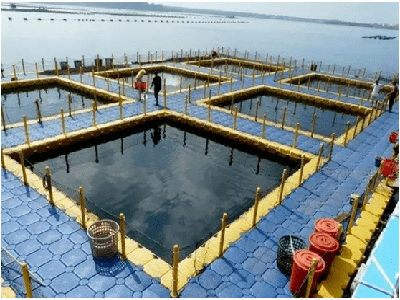
Application areas of subsea mooring buoyancy systems
Underwater buoyancies are widely used in multiple marine engineering fields, especially in the buoyancy control of deep-sea equipment. It plays the role of buoyancy, insulation, and sound insulation. The following are several main application scenarios:
• Submarine cable protection: used to support and protect submarine cables and optical cable systems to ensure their stable operation in harsh marine environments.
• Offshore oil and gas platforms: During offshore oil and gas exploration and development, buoyancy blocks can be used to support drilling platforms, pipelines, and other offshore equipment to ensure the stability of the equipment and smooth operation.
• Marine renewable energy projects: In offshore wind farms and tidal power generation systems, low-density polyurethane foam buoyancy blocks are often used to support wind turbines and floating platforms to ensure the stability and long-term operation of the system.
• Deep-sea exploration equipment: Including deep-sea unmanned submersibles (ROVs) and underwater robots, these devices usually require polyurethane foam buoyancy blocks to provide sufficient buoyancy to ensure that the equipment can work stably in the deep sea.
• Marine building structures: Including floating platforms, deep-sea pipelines, and other facilities that need to withstand the marine environment for a long time, polyurethane subsurface buoyancy can provide them with the necessary buoyancy support. This helps to complete tasks such as building floating bridges or working on oil drilling platforms.
Philson manufacturers specialize in providing marine buoyancy blocks, polyurethane bend limiters, bend stiffeners, J-tube centralizers, and other submarine cable protection system accessories, which can be customized according to your actual use industry. Contact us at any time to get relevant solutions.

